SUMMARY
This is AI generated summarization, which may have errors. For context, always refer to the full article.
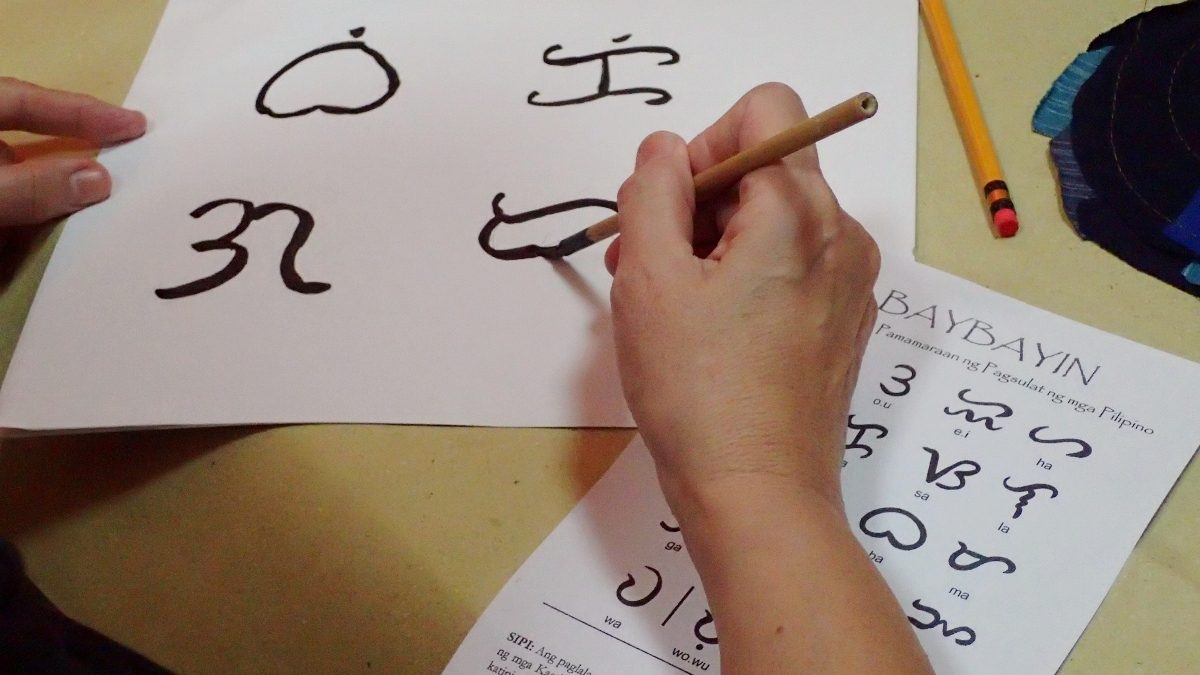
It was a curious thing, the Spanish (among them the conquistador Miguel Lopez de Legazpi) noted, as they explored parts of the country they named after their then ruler. The natives had their own government and religion, and their own writing system – markers of civilization. And the writing system was used extensively, not just by leaders or the elite, but by ordinary people, men and women, young and old, alike. The early Filipinos wrote not just to record; they wrote letters, poems, prayers, and incantations.
The use of Baybayin, one of the country’s surat or writing systems, in particular, was widespread especially in Luzon and Visayas that Spanish friars studied it to teach Catholicism to Filipinos. Part of the catechism book Doctrina Christiana, believed to be one of the first books published in the country, is printed in Baybayin.
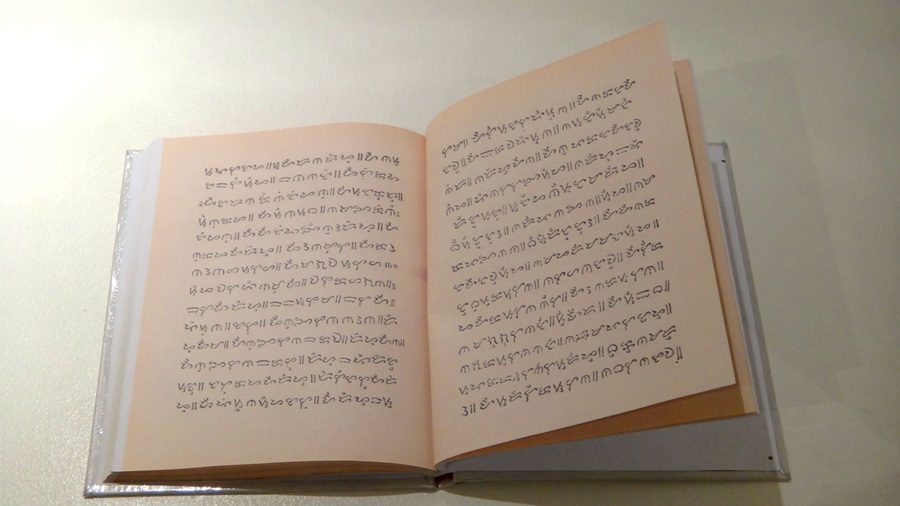
Eventually, as Filipinos learned the Latin alphabet, use of Baybayin began to die out. Documentations written in native writing systems were also destroyed, with one Spanish priest even boasting of destroying over three hundred scrolls, anthropologist Otley Beyer writes.
Baybayin’s characters and origins
Often mistakenly known as alibata, a word with Arabic origin, Baybayin literally means “baybay,” or “to spell” in Filipino. It is an alphasyllabary, with characters standing for syllables based on consonants, as opposed to an alphabet corresponding to single letters.
Baybayin has 14 characters, 4 of them vowels, while others are combinations of consonants and the vowel “a.” To change the vowel and sound, one needs to put a mark on top of the character (for the “e-i” sound) or bottom (for the “o-u” sound).
The Spanish added the cross mark to indicate stand-alone consonants as the original Baybayin does not have it. “Bathala” (God), for example, is written in Baybayin as “Bahala” but is read and understood by Filipinos as “Bathala.” With the introduction of the cross, though, the Spanish can add the character “ta” with a cross at the bottom to show the “t” in “Bathala.”
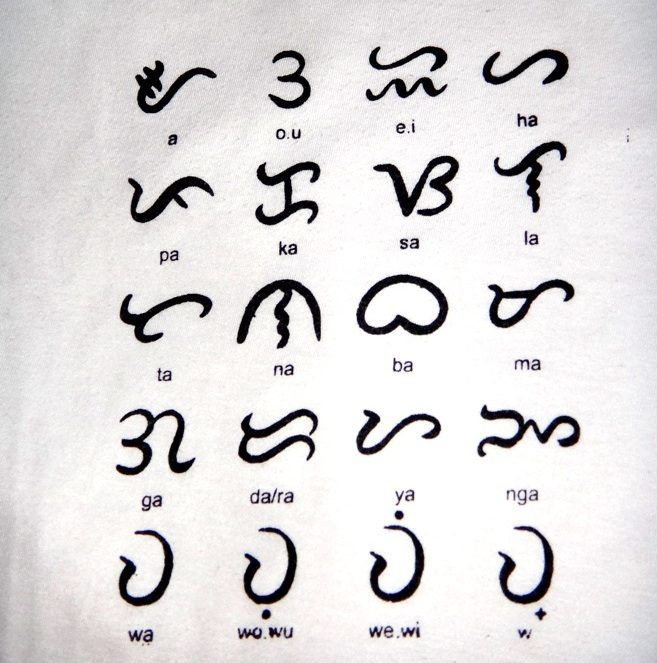
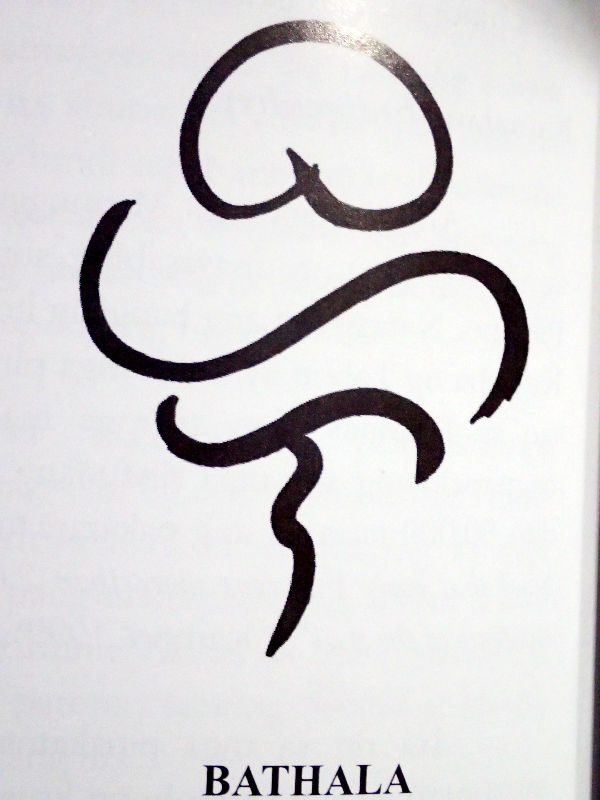
Like other Southeast Asian writing systems, Baybayin and the rest of the country’s ancient writing systems like the Tagbanua in Palawan and the Hanunoo-Mangyan in Mindoro, may have come from India’s ancient scripts.
Ramon Guillermo, University of the Philippines professor of Philippine Studies and author of studies on Baybayin, notes in a Baybayin lecture that while many Asian writing systems originate from India’s own ancient script, the countries which adopted it modified it according to their context and culture.
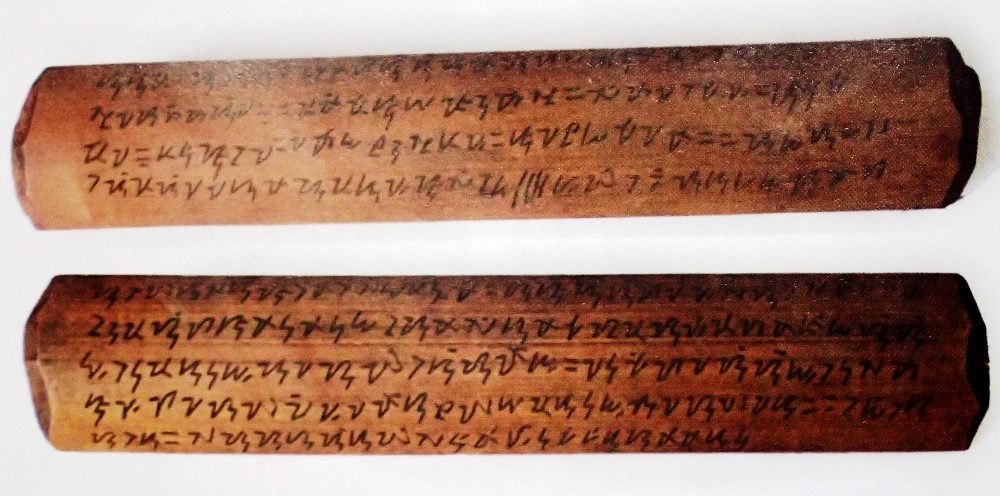
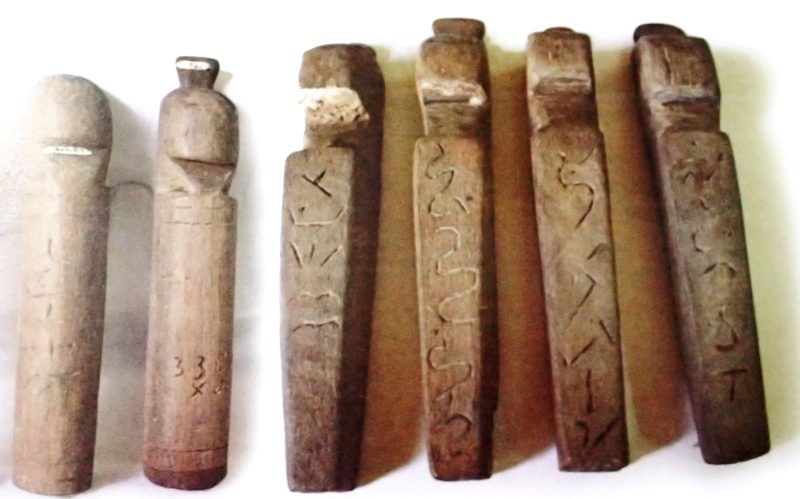
The Philippines’ writing systems are closest to Indonesia’s, and are theorized to come from there, though Guillermo says that the two countries may have also influenced each other. The Laguna Copperplate, said to be the earliest known written document in the Philippines, is in fact written in Indonesia’s old Sanskrit Kawi script.
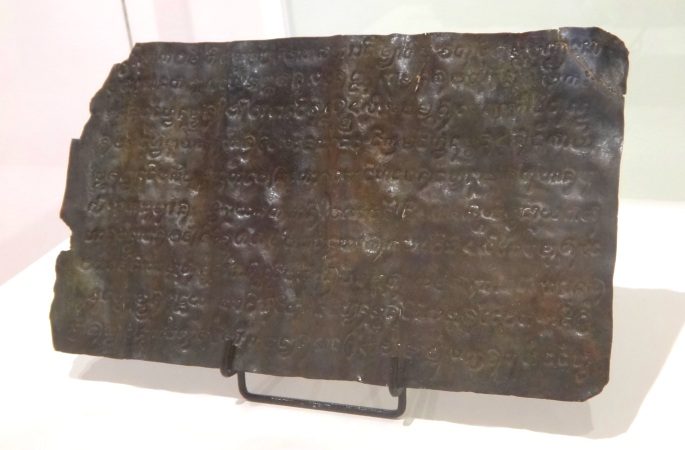
Baybayin as heroes’ pride
Even as the use of Baybayin declined during Spanish rule, heroes like Andres Bonifacio and Jose Rizal recognized its value.
The Katipunan’s Magdalo and Magdiwang flags use the Baybayin character “ka.” The use of “ka” could also be a statement of nationalism, Guillermo points out, as there is no “ka” in the Spanish language.
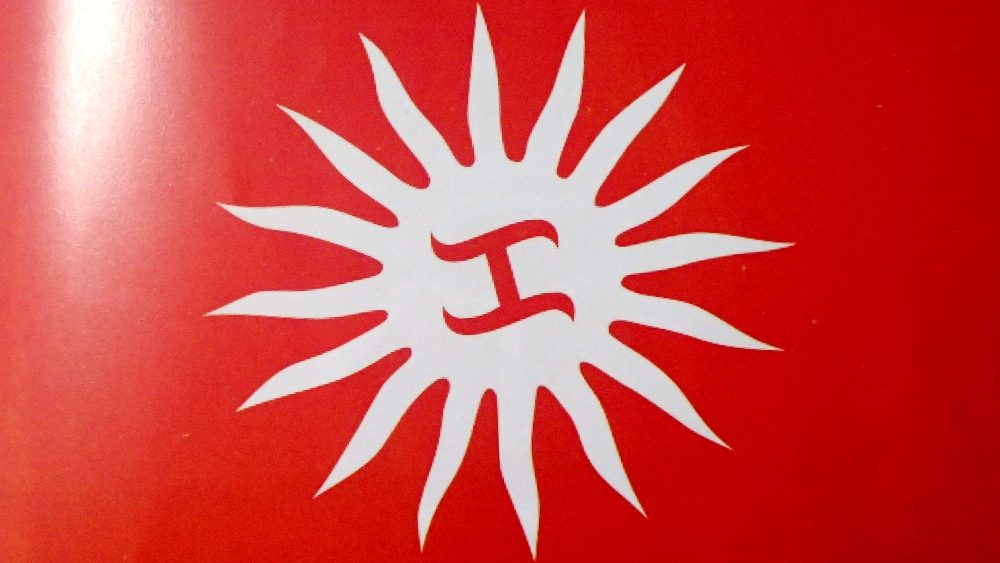
Bonifacio also wrote with pride in his essay “Ang Dapat Mabatid ng mga Tagalog” (What the Tagalogs Should Know) how Tagalogs lived in prosperity and peace before the Spanish came, and how everyone, women and children included, knew how to read and write using the native writing system.
Jose Rizal, meanwhile, used the Baybayin characters as basis for the orthography or spelling, of Tagalog words, to be in “harmony with the spirit of the language.” For example, Rizal used “ka” instead of the Spanish “qu.”He translated European stories like German Friedrich Schiller’s Wilhem Tell into Tagalog, with Baybayin as basis.
Reviving Baybayin
In some of his past lectures on reclaiming the country’s collective memory, National Artist for Literature and incumbent National Commission for Culture and the Arts (NCCA) Commissioner Virgilio Almario would draw a timeline of Philippine history on the board, starting from the prehistoric age up to the present.
Over three-fourths of that timeline is blank, while the rest covers mostly colonial rule, starting from the Spanish. Almario notes that the greatest colonization the Spanish did was to erase Filipinos’ collective memory (“gunita”).
“If you have no memory of your past, it is easier to make you a slave, especially if the colonizer replaces your memory with a new memory, through their education and the idea that they are superior,” Almario said.
The search for identity and the hunger to re-connect to Filipino roots, then, is understandable, according to Leah Tolentino, executive director of GINHAWA, a non-governmental organization facilitating workshops on well-being and Filipino culture and spirituality. There is a desire to become whole again, given the feeling of fragmentation after being colonized, she adds. (READ: Ginhawa: Wellness for the Filipino)
The current resurgence of Baybayin in art, in media, in classrooms, in workshops, in daily objects like money, and even in a bill to make it a national writing system – which was met with controversy, as Baybayin is only one of the country’s writing systems – may be an attempt to re-connect to Filipino identity.
Different cultural groups and individual artists in the Philippines and overseas are actively reviving Baybayin. Government organizations also work to raise awareness of Baybayin and other Filipino writing systems. The Baybayin Gallery at the National Museum is a permanent exhibit, while the NCCA holds activities and other events to promote ancient writing systems.
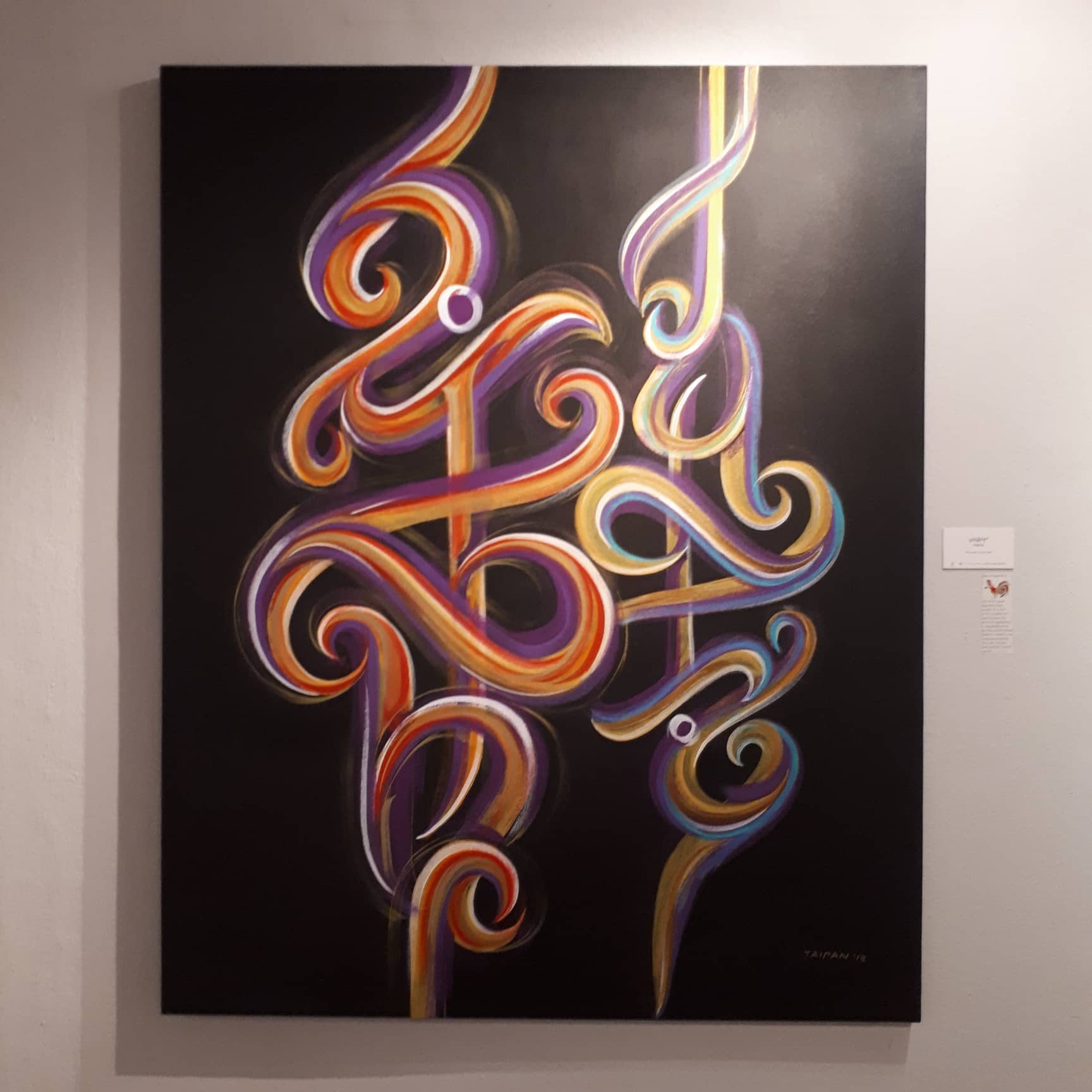
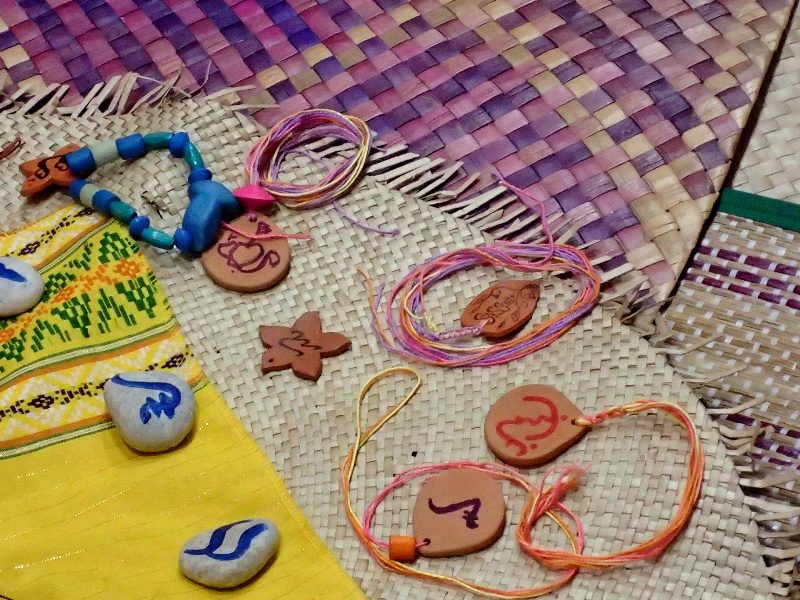
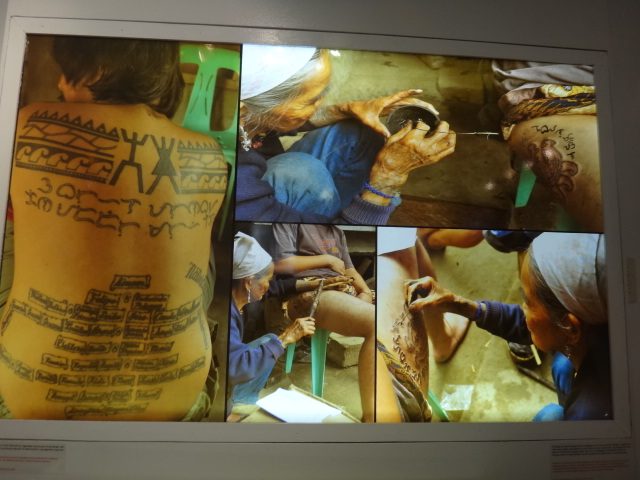
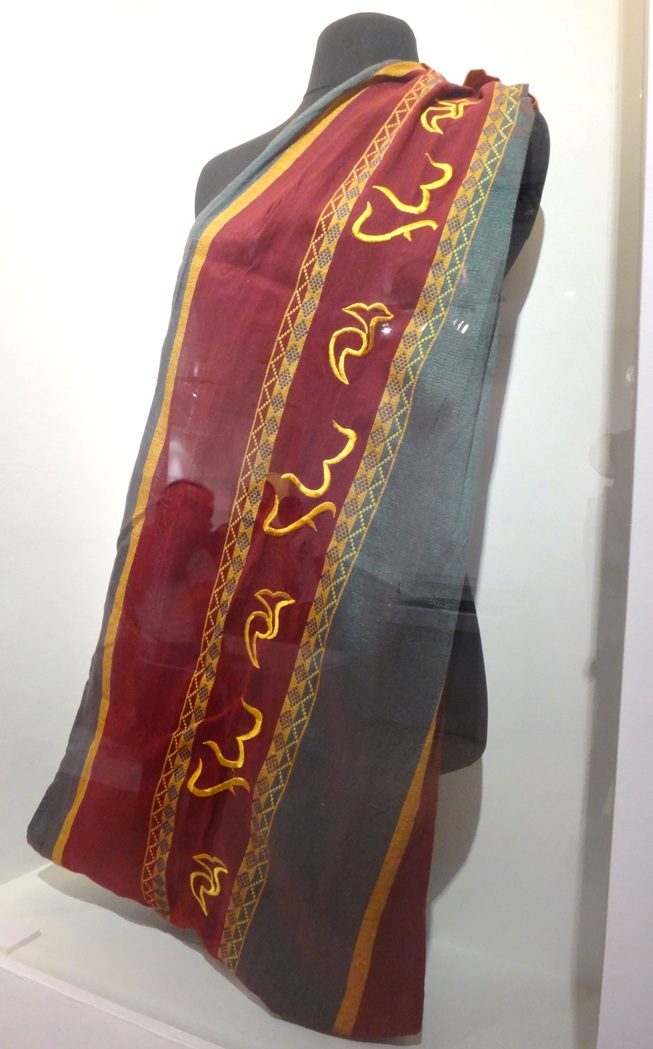
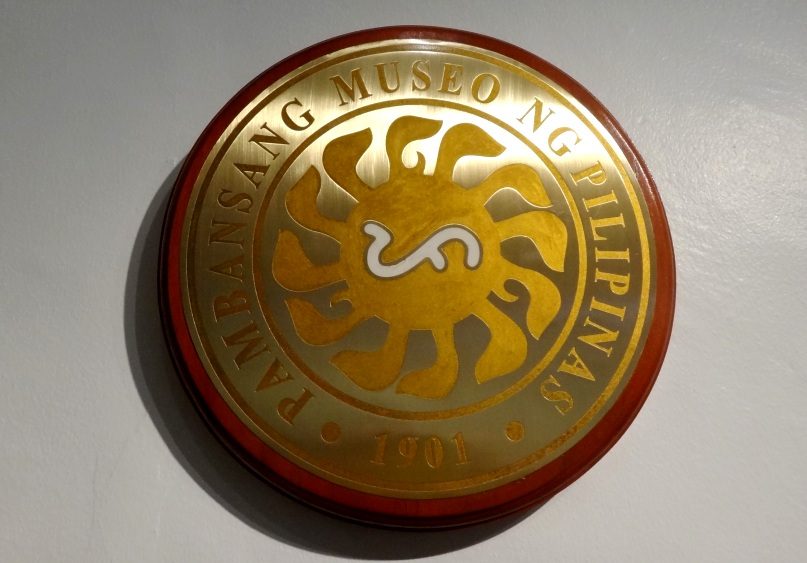
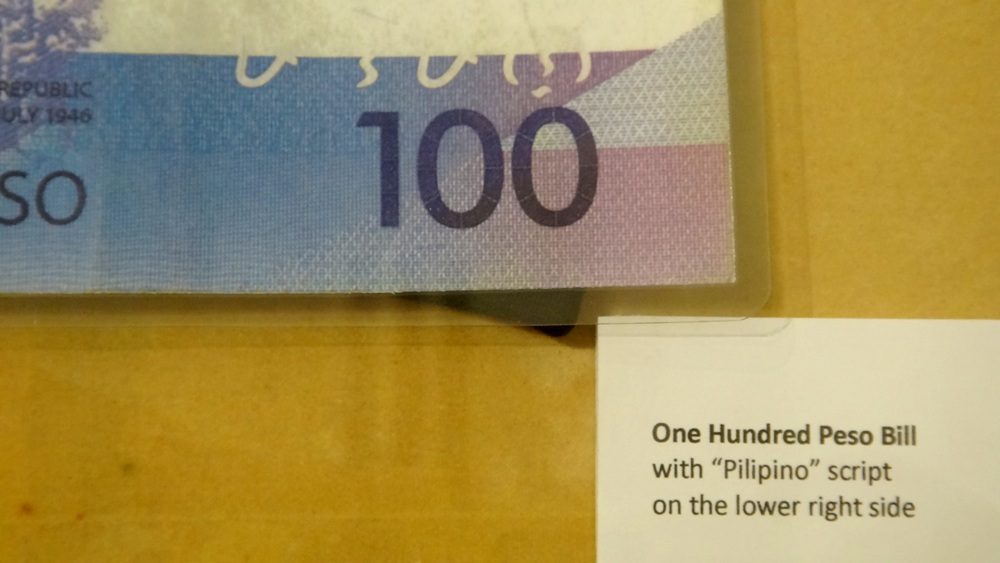
Meditating on Filipino culture and spirituality
Learning Baybayin is not just about learning how to write the characters, Minifred Gavino, who initiated GINHAWA’s Baybayin Creativity Workshops-Classes, points out. It is also about connecting to the self and to Filipino culture and identity.
In workshops, Gavino usually leads a Baybayin calligraphy meditation and other meditations as well as rituals that invite deeper reflection and connection.
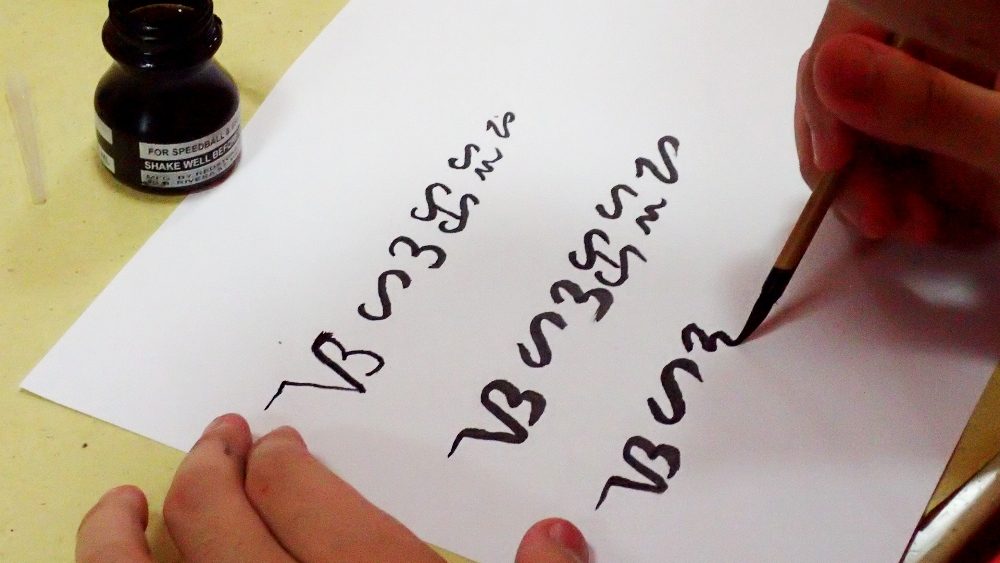
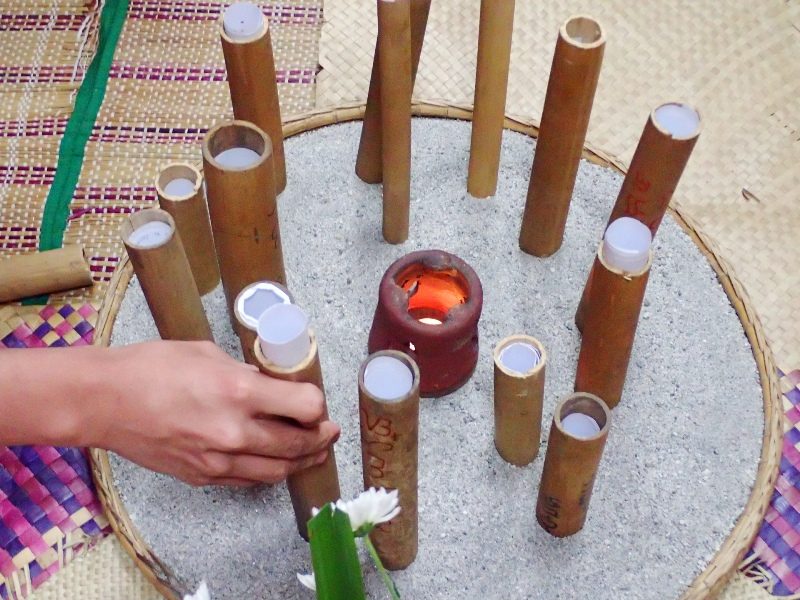
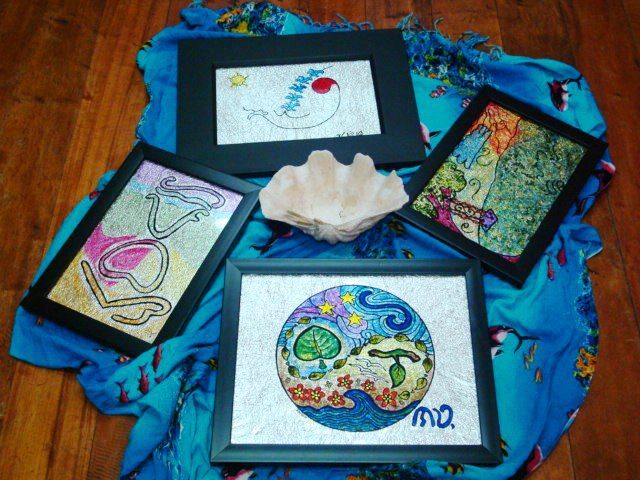
Lectures also usually include information on how Baybayin mirrors Filipino culture and spirituality.
For example, the Baybayin for “Bathala” includes both the “ba” from babae (female) and “la” from lalake (male), alluding to the duality of the divine in indigenous Filipino spirituality.
The Filipino culture of connection can be seen in the character “ka,” which looks like two connected curves or lines, and is further evident in words like “kapwa,” (no direct translation, but literally means shared space) “kaibigan,” (friend) “kalikasan” (nature, which shows indigenous Filipinos’ connection to nature), and even “kaaway” (enemy).
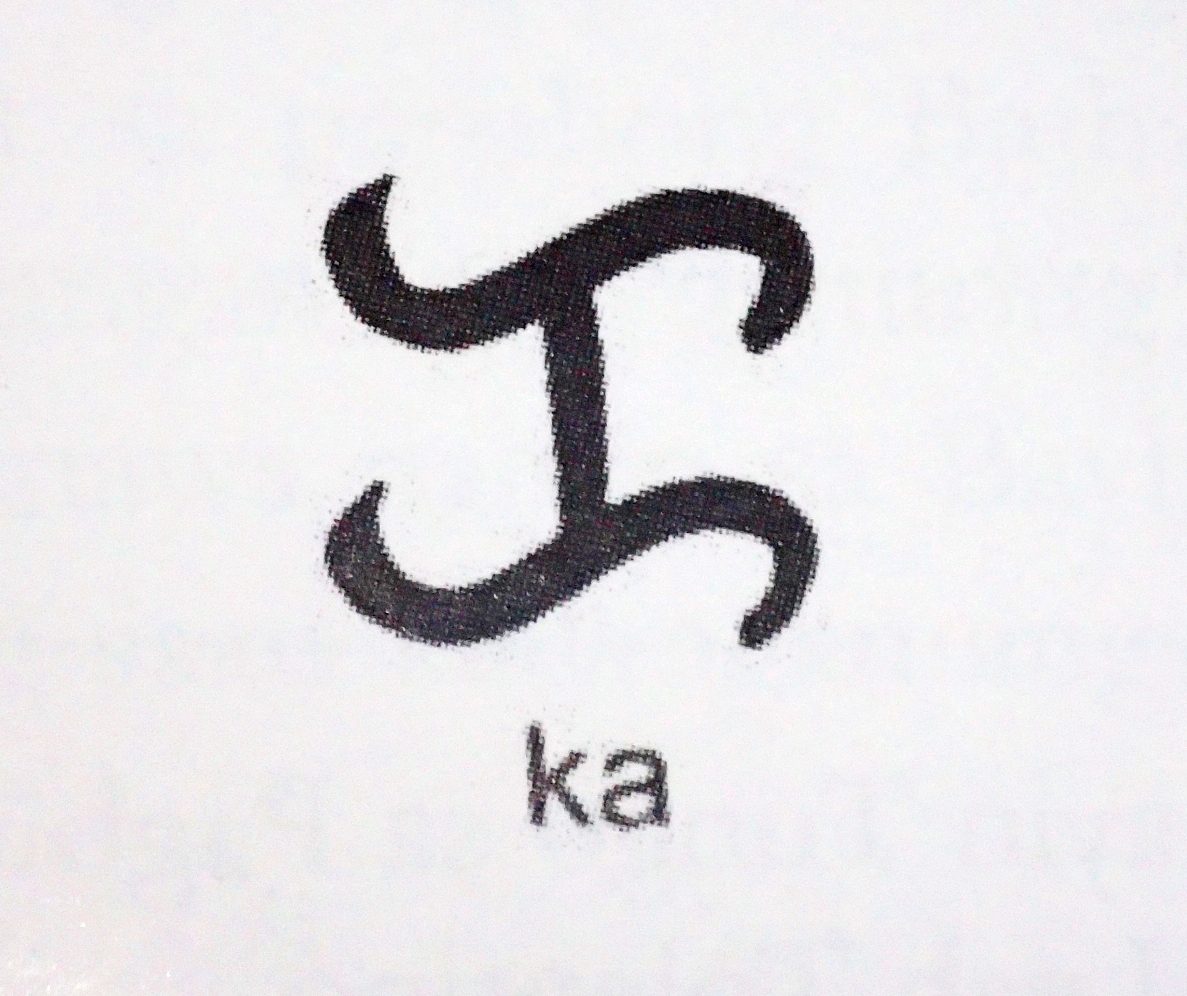
For artist and cultural worker Reimon Cosare, writing Baybayin is a powerful process on feeling and awareness. He notes how the word “anak” has characters and syllables both from “ama” (father) and “ina” (mother), and ends with “ka,” the character for connection, implying a union between the parents.
“When writing ama, ina, and anak in Baybayin, I get the sense that each of my parents shared part of what makes them who they are, in order to create me,” he writes in reflection.
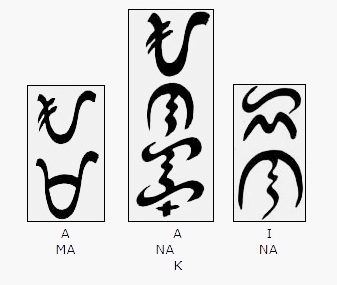
Gavino said that learning and writing Baybayin can be a personal and eye-opening journey, as it has been, and continues to be, for her.
She invites fellow Filipinos to learn, write, and meditate on Baybayin and its meaning for them. – Rappler.com

Claire Madarang is a writer, traveler, and researcher. She also occasionally facilitates or assists in facilitating Baybayin workshops. She blogs at Traveling Light.
Add a comment
How does this make you feel?
There are no comments yet. Add your comment to start the conversation.